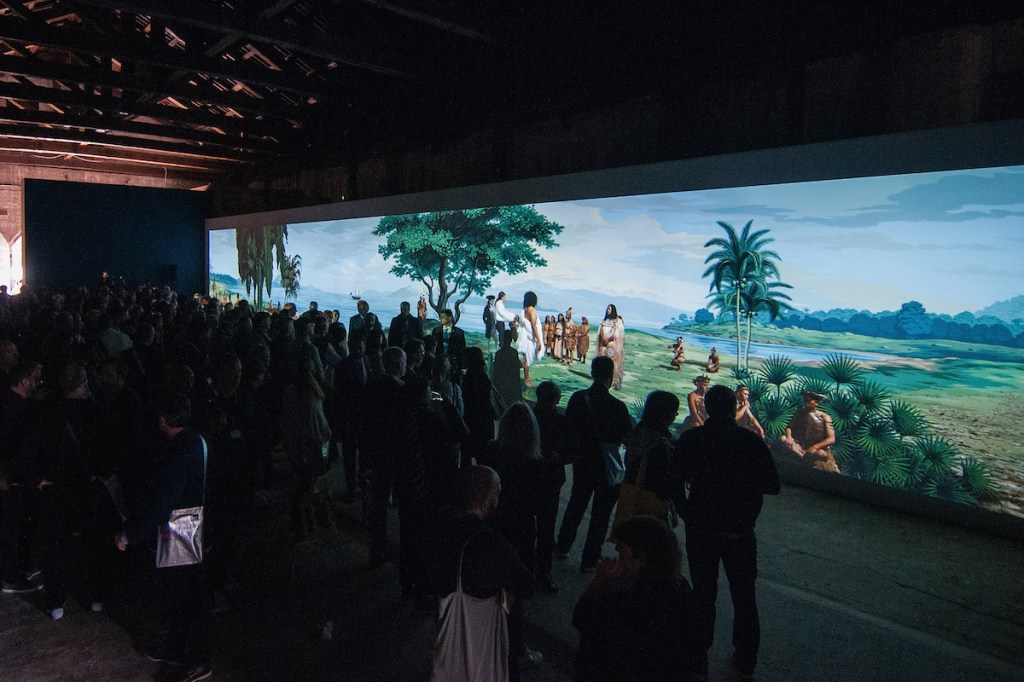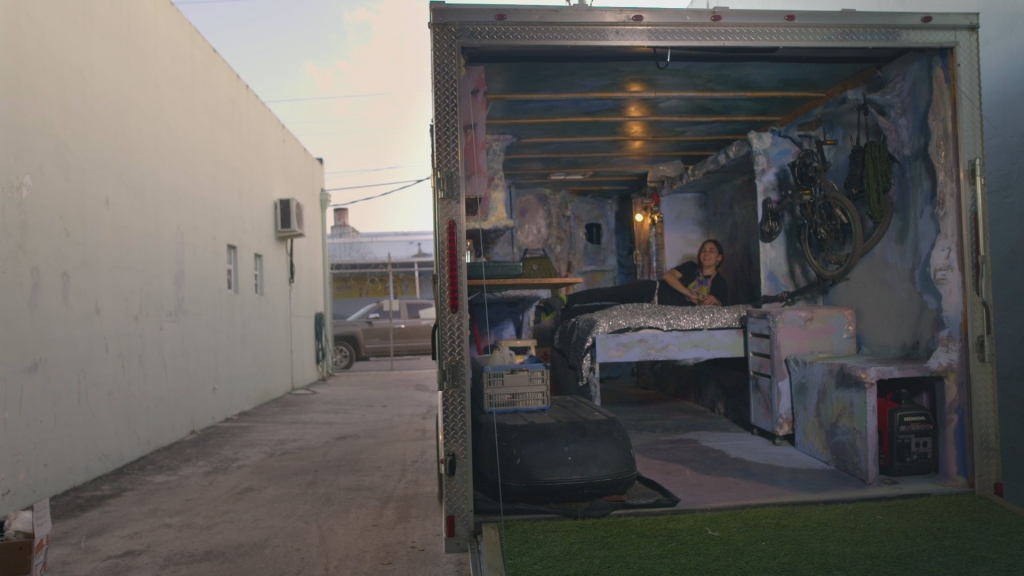Former Palace of Bangladesh’s Ousted Leader to Become ‘Uprising’ Museum
The former palace of Bangladesh’s ex-leader, Sheikh Hasina, will become a museum following the democratic revolution that saw the autocrat ousted.
“The museum should preserve memories of her misrule and the people’s anger when they removed her from power,” Nobel Peace Prize winner Muhammad Yunus told reporters at the Ganabhaban, the onetime residence of the prime minister in Dhaka, as quoted by South China Morning Post.
Yunus, an 84-year-old microfinance visionary, was named Bangladesh’s “chief advisory” after the student-led uprising toppled Hasina’s 15-year regime, forcing her to flee via helicopter to India on August 5. More than 700 people were killed during the uprising by police, according to the United Nations. A Bangladeshi court has issued an arrest warrant for the 77-year-old Hasina, given the widespread human rights abuses committed under her command, including the detention and extrajudicial executions of her political opponents.
The day of her flight from Bangladesh, tens of thousands of anti-government protesters stormed the Ganabhaban palace—referred to by local media as a “symbol of repression”—looting and damaging its luxe interior. A museum located at the home of Hasina’s father, Bangladesh’s first president Sheikh Mujibur Rahman, was also ransacked in the two-day long demonstration.
On September 5, Yunus’s interim government declared that the planned institution would be called the July Uprising Memorial Museum. It will include a replica of the “House of Mirrors,” a notorious detention center where inmates were held in solitary confinement.
“The Aynaghar should remind visitors of the torture endured by secret prisoners,” Yunus said.
Apurba Jahangir, a spokesperson for the office of Yunus, said in a statement that construction on the museum would begin by December.



